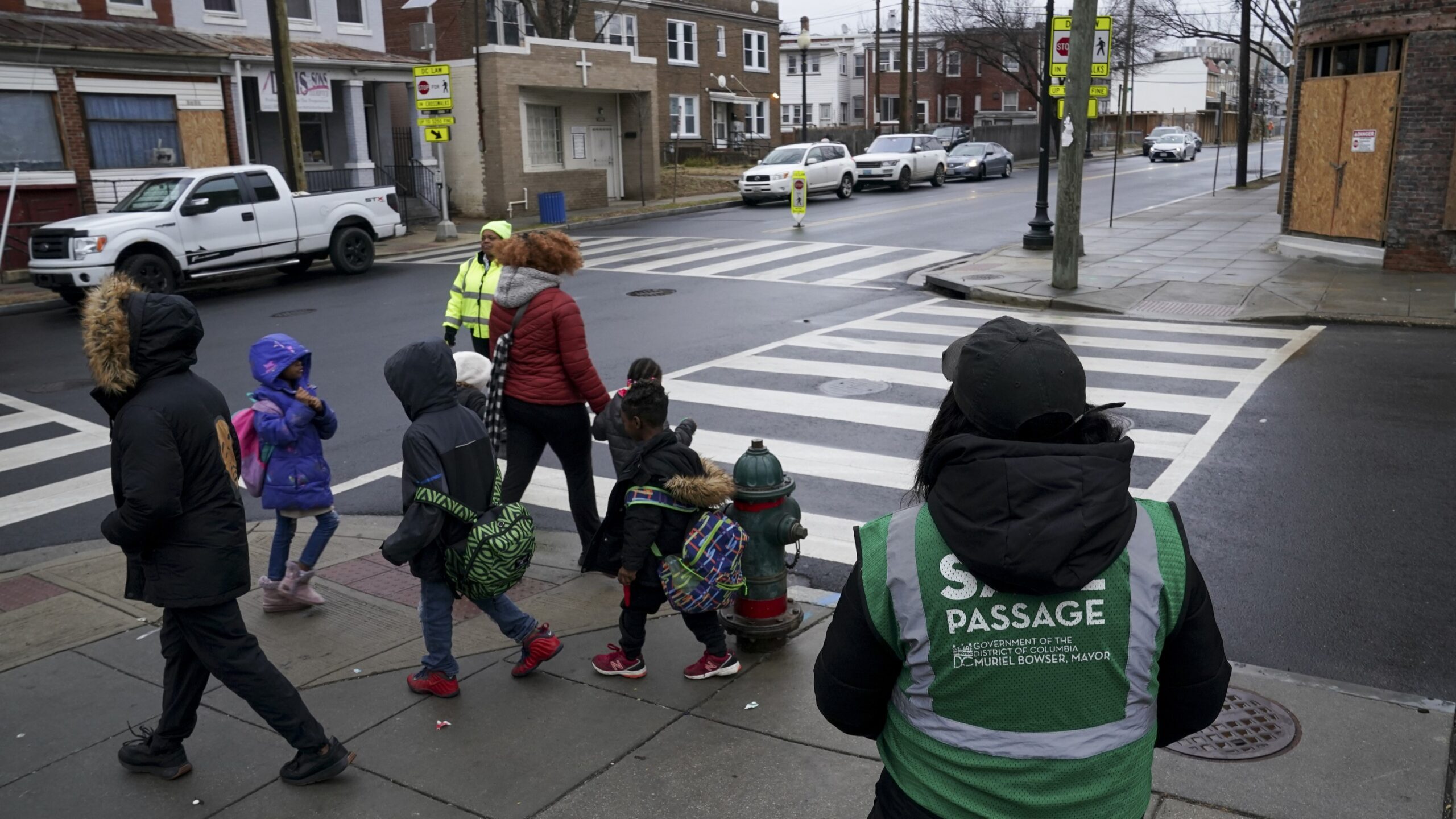
Limiting the volume of high-emission vehicles on the streets has many benefits, from cleaning the air to quieting the urban noise and beyond. Recognition of this simple fact has led to the proliferation of clean air zones, designated regions within a city where vehicles must meet strict pollution standards or pay a fee to operate within. At last count, more than 300 such areas were established across Europe. In London, which boasts the largest ultra-low emission zone in the world, a study found a secondary benefit: Children started walking and cycling to school more.
In 2018 – the year before London’s central city rule came into effect, and five years before the zone encompassed its entirety – researchers at the University of Cambridge and Queen Mary University saw in the impending policy an opportunity to carry out a natural experiment. They recruited children aged 6 to 9 and their families in central London and in Luton, a small city in the north, for a multi-year study to investigate how the program might affect a child’s health. Although research has focused on understanding how easing a city’s pollution load shaped the way young lungs develop, participants completed questionnaires along with their annual health assessments. The answers allowed researchers to gain insights into their subjects’ activity levels, mental health and other additional outcomes.
In the first of many papers expected from the study, the researchers found that, a year after the ultra-low emission zone came into effect, 2 out of every 5 London students in the study switched from “passive” to “active” ways of getting to school. So, instead of being transported to school by their parents, the students started walking, cycling, riding scooters, or using public transport. On the other hand, in Luton, which acted as a control group, 1 in 5 switched to modes that made them get up and active, but an equal proportion switched to passive travel. But in London’s ultra-low emission zone, switching to driving was rare.
The implications of getting kids active, even if just for their pre-class commute, are intuitive but important.
“Walking and biking and scootering to school is better for the child, better for the family and better for the environment,” said Alison Macpherson, an epidemiologist at York University in Toronto who researches ways to protect the health and safety of children. and promote. . (She was not involved in the London study.)
“It’s a great way for kids to start their day,” she said. “You can imagine just being thrown into a car and thrown out of a car is not the most calming way.” Walking or biking to school, on the other hand, can be calming and conducive to concentration, Macpherson said, possibly even improve academic performance. But perhaps most importantly, at a time when an epidemic of childhood obesity is on the rise worldwidechildren can walk or cycle to and from school more active.
“Physical activity in general is essential for obesity prevention,” says Christina Xiao, an epidemiologist affiliated with Cambridge University and lead author of the paper. “There is strong evidence showing that it prevents weight gain, and also has benefits in terms of children’s physical development and mental health.”
What exact health outcomes manifest among the cubs involved in the study will be a subject of future studies. One would try to tease apart what prompted parents to stop driving their children to school. Xiao’s results show that the change did occur, and explore why it was outside the scope of her study. So, whether the parents stopped driving because the $16.50 (£12.50) daily fee made it unaffordable or because parents felt safer walking their children to campus (or a combination of the two) ) remains to be seen.
Despite the benefits arising from emission control zones like this, the legal environment in the United States have raised huge obstacles to replicating something like London’s ultra-low emission zone. The closest anyone came was a voluntary and short-lived one zero emissions delivery zone pilot in Santa Monica, California. And then there was New York City’s fatal congestion pricing zone, which Governor Kathy Hochul fired before it had a chance to campaign the opposition.
While the legislative Gordian knot tied by federal laws that prevent cities from establishing low-emission zones waits to be untied, cities across the country can improve the infrastructure that allows people to walk, bike or take the bus, say David Reichmuth, a senior engineer with the Union of Concerned Scientists’ clean transportation program.
“We’re on the way to making this transition from gasoline and diesel to electric vehicles, which is great,” Reichmuth said. “But to really meet our climate goals, we also just have to reduce the amount of driving. And these things that encourage or enable the ability for people to use active transportation are very important.”
While developing pedestrian-friendly infrastructure and building out protected bike lanes can encourage a shift in how people travel, Xiao found when she compiled a review of research that explored how to promote shift to healthier transportpeople chose the stick over the carrot. In other words, discouraging car travel has often been more effective than simply building infrastructure conducive to active travel.
But whether it takes carrots or sticks to drive the shift, Xiao’s work adds even more evidence to the argument that what’s best for the health of the children also benefits the health of communities and that of the planet. And in the minds of those doing similar work, it underscores the urgency of getting fewer cars and more feet on city streets.
“Active transport is sustainable transport,” said Macpherson, “and we must not lose sight of all the benefits of making the commute to school easier in an active and sustainable way.”







